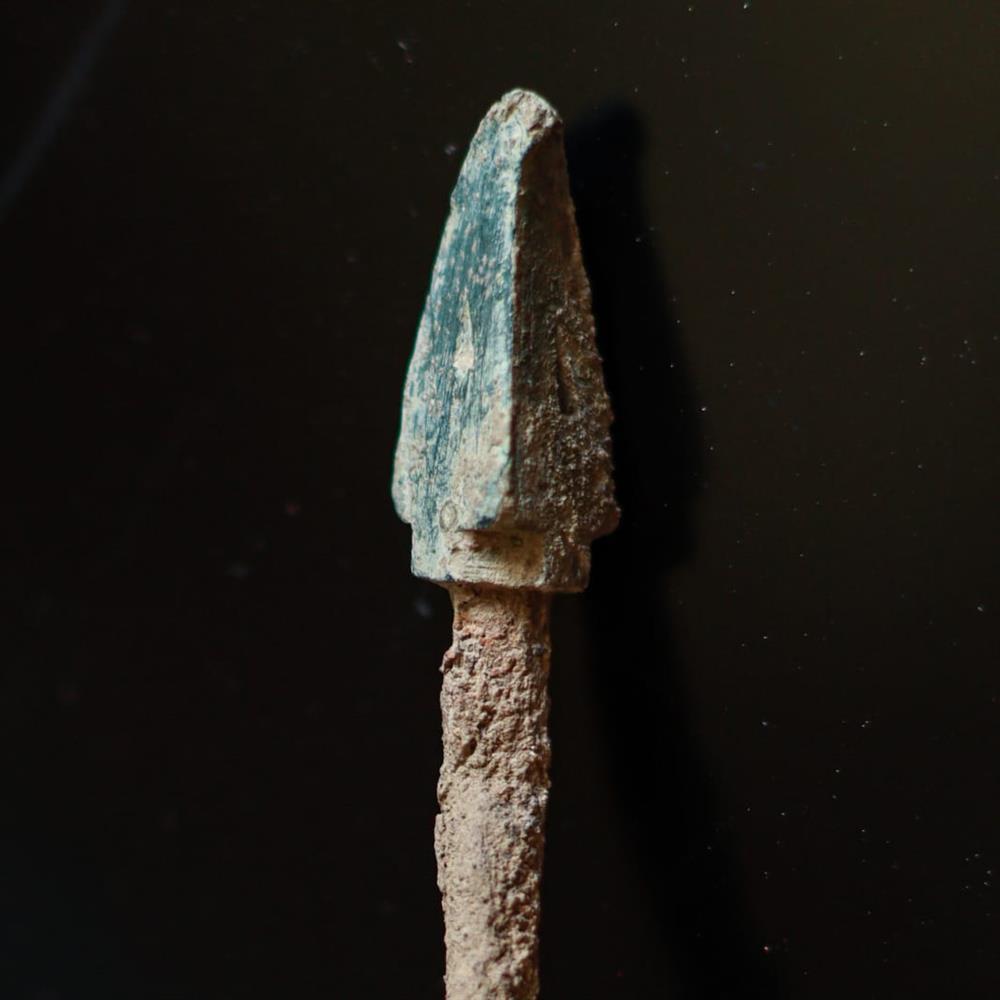Scientists from the Institute of Archeology of the Russian Academy of Sciences, the Institute of Art Studies of the Academy of Sciences of Uzbekistan and the Ikuo Hirayama International Caravan Sarai of Culture have carried out excavations at the Uzundara fortress in the Boysun region of Uzbekistan.
They discovered a significant number of artifacts, thanks to which they were able to trace the history of the appearance of the fortress and its evolution.
This was reported by the press service of the IA RAS.
The Uzundara fortress was a border outpost that protected Hellenistic Bactria from the raids of nomads - the center of the ancient Greco-Bactrian state (mid-III - mid-II century BC -
RT
), formed as a result of the collapse of the Seleucid empire. Uzundara was built at the beginning of the 3rd century BC. NS. and fell after the storming of the nomadic troops in the II century BC. NS. In 1991, the fortress was discovered by a scientist from the Academy of Sciences of the Republic of Uzbekistan Edward Vasilyevich Rtveladze. From 2013 to 2019, the Bactrian detachment of the Central Asian expedition of the Institute of Archeology of the Russian Academy of Sciences conducted excavations there. As a result of the research, a plan of the fortress was drawn up and its citadel was studied.
“Excavations have shown that the fortifications are perfectly preserved. For the first time since the destruction of the fortress, the walls of Uzundara saw the light again: we uncovered half of the corner tower, which remained two stories high, opened the passage and the fortress walls with two galleries, which survived to a height of up to three meters. It is amazing that the only stone Hellenistic fortress of the 3rd-2nd centuries BC in northern Bactria has such a unique preservation, ”said Nigora Dvurechenskaya, head of the Bactrian detachment of the Central Asian archaeological expedition of the Institute of Archeology of the Russian Academy of Sciences.
In 2021, scientists continued excavations.
Researchers found traces of another one under the masonry of the main fortress wall of Uzundara.
This indicates that the walls of the fortress were demolished and rebuilt on the old foundations, the researchers say.
Traces of rebuilding were also recorded in the corner tower, the height of which is 4.5 m. According to architectural and construction calculations, the original height of the tower could reach 8 m.
Silver and copper coins of Euthydemus I and a bronze arrowhead
© archaeolog.ru
During the excavations, archaeologists have collected a huge collection of finds that have confirmed that the fortress was rebuilt at the beginning of the 3rd century BC.
NS.
and abandoned in the 2nd century BC.
NS.
Among the artifacts were found coins of the Bactrian king Euthydemus I, dating back to the 3rd century BC.
NS.
Researchers have found a large number of ceramics of that time, in particular, fragments of a ceramic jug with graffito (a variety of decoration -
RT
) and a ceramic panel that adorned the walls of the tower.
Also, scientists have discovered several rare items dating back to the era of the fall of Uzundara, in particular, a Chinese crossbow bolt, which dates back to the II-I century BC.
NS.
Scientists suggest that this weapon belongs to the Yuezhi nomads, who became one of the reasons for the death of the Bactrian kingdom.
Chinese crossbow bolt
© archaeolog.ru
Archaeologists plan to further explore the fortress, as it is a unique archaeological site that has survived to this day.
“We have just started to study the fortress, but it is already obvious that its preservation is unique.
In the future, we hope to find out the layout of the main quadrangle of the fortress and find the main vital buildings: the entrance to the fortress, the water storage, the location of the barracks and public buildings, including the temple, ”said Nigora Dvurechenskaya.

